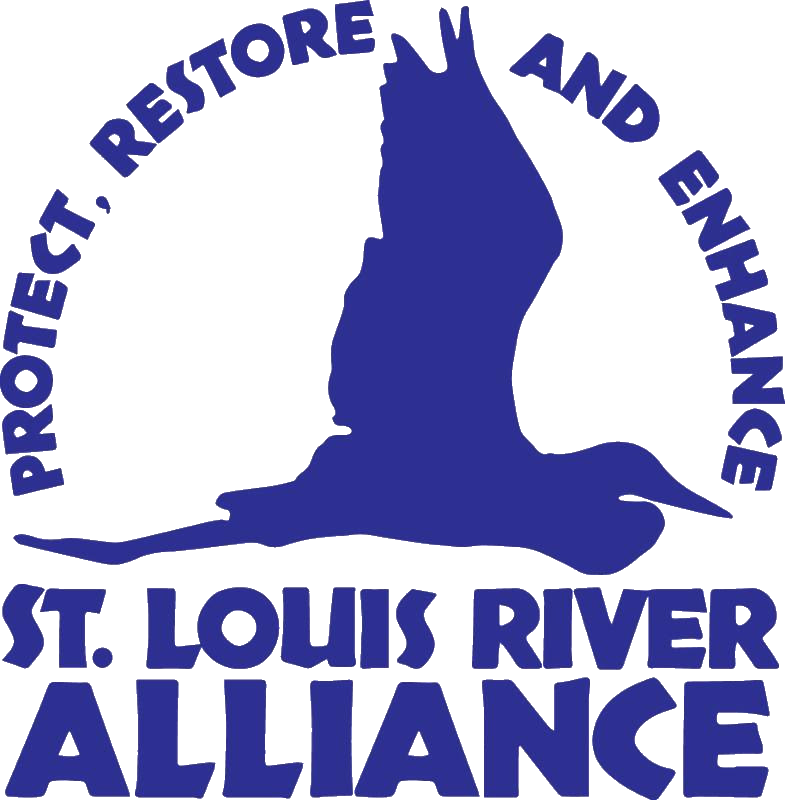St. Louis River Area of Concern Updates: Remedy Decisions for Scanlon Reservoir, Thomson Reservoir and Mud Lake West
The Minnesota Pollution Control Agency (MPCA) remediation team is another step closer towards the cleanup of the St. Louis River Area of Concern (SLRAOC). After evaluating options and gathering public input, MPCA has selected remedies for three SLRAOC contaminated sites
Scanlon Reservoir
Thomson Reservoir
Mud Lake West
Next steps include designing the remedies and signing a Great Lakes Legacy Act project agreement with the U.S. Environmental Protection Agency (EPA) expected by spring of 2021. Remedial construction would start in November 2021.
Scanlon Reservoir site:
The MPCA has selected a remedy that combines a Thin-Layer Amended Cover and Enhanced Monitored Natural Recovery with amendments for the Scanlon Reservoir site. The response action will place a 4-inch layer of granular, activated carbon mixed with sand across 6.1 acres of open water at the site. Also, a thin layer of pelletized/powdered activated carbon will be placed across 7.4 acres of vegetated shallows at the site. The remedy is designed to prevent the transfer of dioxin/furans, the primary contaminants of concern (COCs), from the sediment into the water, which will reduce its accumulation in the food web.
Thomson Reservoir site:
The MPCA has selected Enhanced Monitored Natural Recovery with Broadcast Amendment for the Thomson Reservoir site. A thin layer of pelletized/powdered activated carbon will be placed directly on top of the sediment surface in areas with sediment concentrations of COCs. The response action is also designed to prevent transfer of dioxin/furans, the primary COCsfrom the sediment into the water, which will reduce accumulation in the food web.
Mud Lake West site:
The remedial decision at Mud Lake West is No Action. Given the site's current use, the MPCA has determined that a remedial cleanup is not needed at this time. The MN Department of Natural Resources (MN DNR) plans a habitat restoration project at the combined Mud Lake East and Mud Lake West site. The MPCA will coordinate with the MN DNR to ensure that contaminated sediments are appropriately managed as part of the restoration project.
Engineers will now design the project remedies at the Scanlon and Thomson Reservoirs that will guide the construction. The work is part of a larger effort to address legacy contamination at several sites in the St. Louis River. The contamination is from a century of industrial and municipal activities and continues to threaten public health, fish, and other aquatic life.
The MPCA is seeking to partner with the EPA through the Great Lakes Legacy Act to complete the two projects at the Scanlon and Thomson Reservoirs. Bonding funds granted by the 2017 Minnesota Legislature will be used to match funds provided by the Great Lakes Legacy Act. If the MPCA application to the EPA is successful, the two projects, estimated to cost a combined $25 million, would begin in the fall of 2021 and continue through 2024.
The projects will involve environmental review and permitting processes that provide opportunities for public comment. Those processes will begin partway through the design phase and be completed before construction.
The SLRAOC has prioritized 43 construction projects to address contaminated sediment and restoration of aquatic habitat in Minnesota and Wisconsin; 16 of these projects are being led by the MPCA. The U.S. and Canada designated 43 such areas of concern in both countries where historic industrial activities left a legacy of environmental damage. In 2013, the MPCA, Minnesota and Wisconsin Departments of Natural Resources, and the Fond du Lac Band of Lake Superior Chippewa developed a comprehensive plan to address these legacy damages in the SLRAOC. As of October 2020, these organizations have completed 41 of the 80 management actions that need to be completed before delisting can be proposed.
